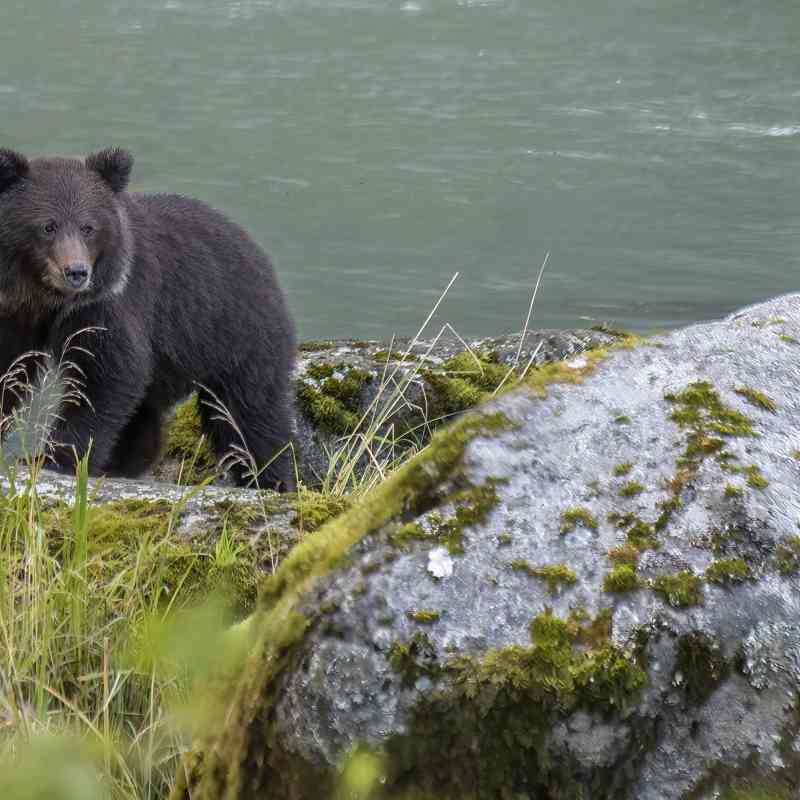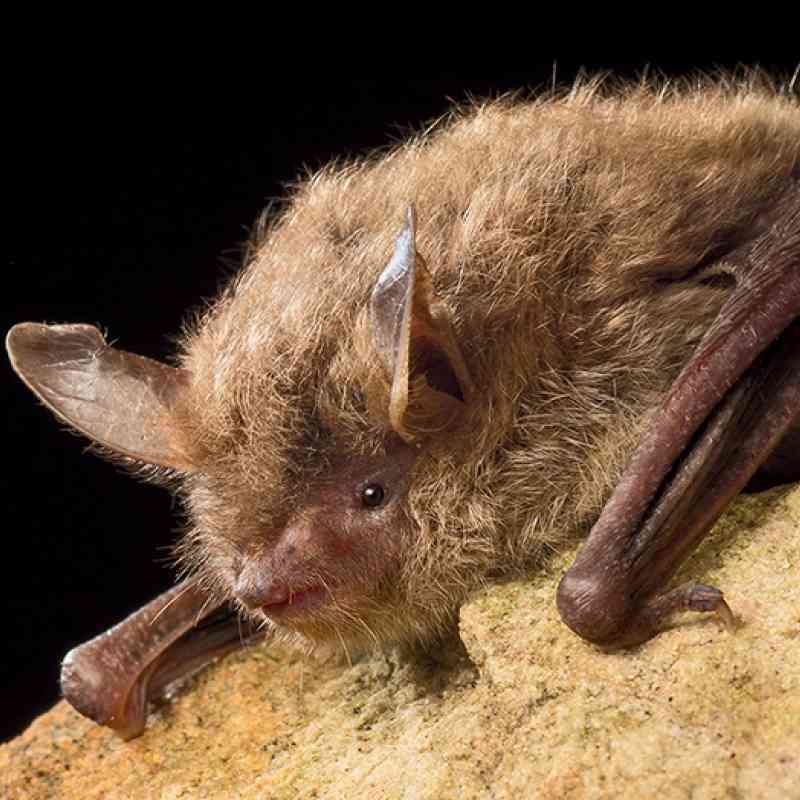Long overdue listing diminished by untested exemptions that undermine recovery
Contact: Courtney Sexton, 202.772.0288, csexton@defenders.org
WASHINGTON (March 27, 2014) – The U.S. Fish and Wildlife Service (Service) announced today that it will list the lesser prairie-chicken – a species of grouse whose population decreased by 50% in 2013 alone – as threatened under the Endangered Species Act (ESA). Protection for this species under the ESA is long overdue, but the threatened listing is weakened by overly broad exemptions for land uses that continue to threaten the struggling populations. These exemptions are included in the threatened listing regulation known as a special “section 4(d) rule”, which allows excessive land use development to continue throughout the bird’s habitat – weakening the protections provided by the ESA and further jeopardizing the lesser prairie chicken’s survival. The section 4(d) rule waives key ESA protections for the lesser prairie chicken based upon untested voluntary conservation plans with inadequate conservation measures and minimal oversight and accountability by the Service. This listing decision comes more than 15 years after the Service first determined the bird warranted federal protection under the ESA, during which time the bird’s population has continued to decline and development has continued to destroy its habitat.
The following is a statement from Jamie Rappaport Clark, President and CEO, Defenders of Wildlife:
“We are talking about a species whose population has plummeted to half of its numbers in just one year. This bird deserves effective federal protection, and the government recognized that over 15 years ago. Protecting this species under the ESA is clearly justified based on the best available scientific information, but because this threatened listing is so full of loopholes and exemptions, it will likely be insufficient to help conserve and recover the bird.
“Conserving the wide-open spaces that are the bird’s habitat and that define this region does not mean threatening the livelihood of the region’s residents. Voluntary and collaborative conservation plans can be extremely helpful to preserve our imperiled natural heritage for future generations, but only if those plans are science-based and have a demonstrated track record of results to show that they actually protect species and the important habitat they need to survive. The problem with the recently completed conservation agreements for the prairie chicken is that they have no proven record of success. They fail to provide adequate conservation measures and defer almost entirely to state wildlife agencies for the oversight and implementation of the agreements. The Service is clearly walking away from its oversight and enforcement responsibilities and is setting a dangerous precedent for accountability under the ESA.”
Background
The lesser prairie-chicken is a unique species of grassland grouse and is highly imperiled throughout its declining range in the Western US. The bird saw a 50% decline in population numbers in 2013 alone. In 1998, the Service determined that this species warranted protection under the ESA, but a final listing decision was delayed. The bird has been waiting fifteen years for federal protection. In the meantime, increased land use development on the bird’s remaining habitat has continued to erode its populations. With a listing deadline finally looming on the horizon, private landowners, developers, and state agencies developed voluntary conservation plans for the species without having any time to test drive their provisions to demonstrate that the plans actually benefited the species. These include candidate conservation agreements with assurances (CCAAs) that cover several million acres of habitat, as well as a range-wide conservation plan prepared by state wildlife agencies. Despite these efforts, the bird’s populations have continued to decline and many of the threats to its survival remain unaddressed.
###
Defenders of Wildlife is dedicated to the protection of all native animals and plants in their natural communities. With more than 1.1 million members and activists, Defenders of Wildlife is a leading advocate for innovative solutions to safeguard our wildlife heritage for generations to come. For more information, visit www.defenders.org and follow us on Twitter @DefendersNews.
Defenders of Wildlife is celebrating 75 years of protecting all native animals and plants in their natural communities. With a nationwide network of nearly 2.2 million members and activists, Defenders of Wildlife is a leading advocate for innovative solutions to safeguard our wildlife heritage for generations to come. For more information, visit defenders.org/newsroom and follow us on Twitter @Defenders.

